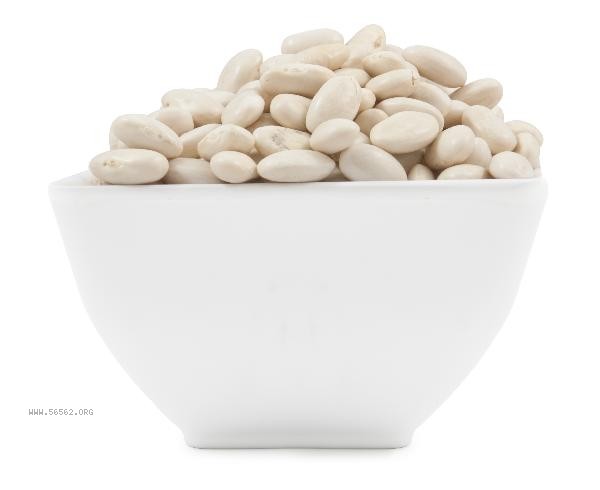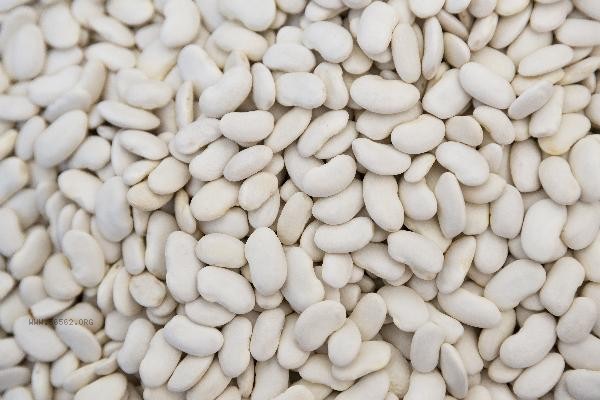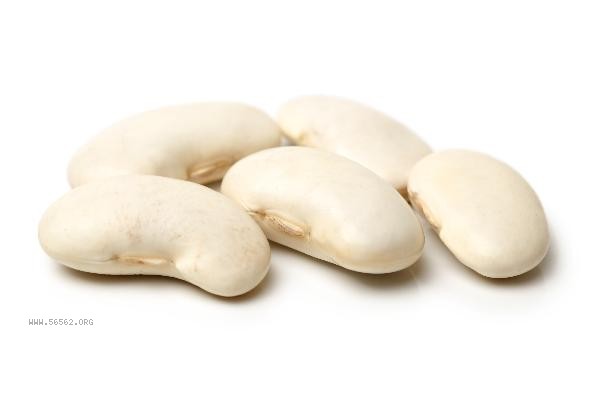Dutch beans were introduced to China around the 17th century through the Maritime Silk Road, mainly through European merchant trade, Southeast Asian transit, coastal trial planting and promotion, inland agricultural improvement needs, and integration of folk food culture.

1. European merchant trade
Dutch beans originated along the Mediterranean coast and were brought to East Asia by Dutch caravans via the Indian Ocean route during the Age of Discovery. As a storage tolerant vegetable for ships, it was sporadically planted in trading ports such as Macau and Guangzhou in the early days, and its cold resistance is suitable for winter cultivation in southern China.
2. Southeast Asia Transfer Introduction
Some Dutch bean varieties were introduced and returned by overseas Chinese in Southeast Asia, forming a characteristic cultivation model in Fujian and Guangdong. After crossbreeding with local cowpeas, a new strain adapted to humid and hot climates was produced, which was recorded in the local chronicles of the Qing Dynasty as' Hedou '.
3. Coastal trial planting promotion
Large scale planting began in the coastal areas of Jiangsu and Zhejiang in the 18th century, and its crispy and tender taste was included in Qing Dynasty dietary literature such as the Tiaoding Collection. After the opening of Shanghai as a port, it became a common ingredient for Western cuisine in the concessions, accelerating the improvement of cultivation techniques.

4. Inland Agricultural Improvement
During the Westernization Movement in the late Qing Dynasty, Hubei Agricultural Affairs Bureau successfully planted seeds in the interior for the first time. The Agricultural Experimental Station of the Republic of China incorporated it into the crop rotation system, utilizing its nitrogen fixation properties to improve soil, and formed a "wheat rice soybean" triple cropping system in the Sichuan Basin.
5. Integration of Dietary Culture
The cooking methods of Dutch beans and local peas mutually influence each other, giving rise to fusion dishes such as stir fried lotus beans with preserved meat. After the development of cold chain technology in the 20th century, the northern region achieved year-round supply and has now become an important ingredient in home cooked meals. Modern Dutch beans are rich in vitamin K and dietary fiber. It is recommended to choose fresh products with plump and green pods, blanch them in water, and stir fry them over high heat to preserve their nutrients. It is advisable to choose sandy loam soil with good drainage for planting, and pay attention to the prevention and control of powdery mildew and leaf miner flies. Daily consumption can be accompanied by mushrooms or nuts to enhance protein absorption, but gout patients need to control their intake.









Comments (0)
Leave a Comment
No comments yet
Be the first to share your thoughts!